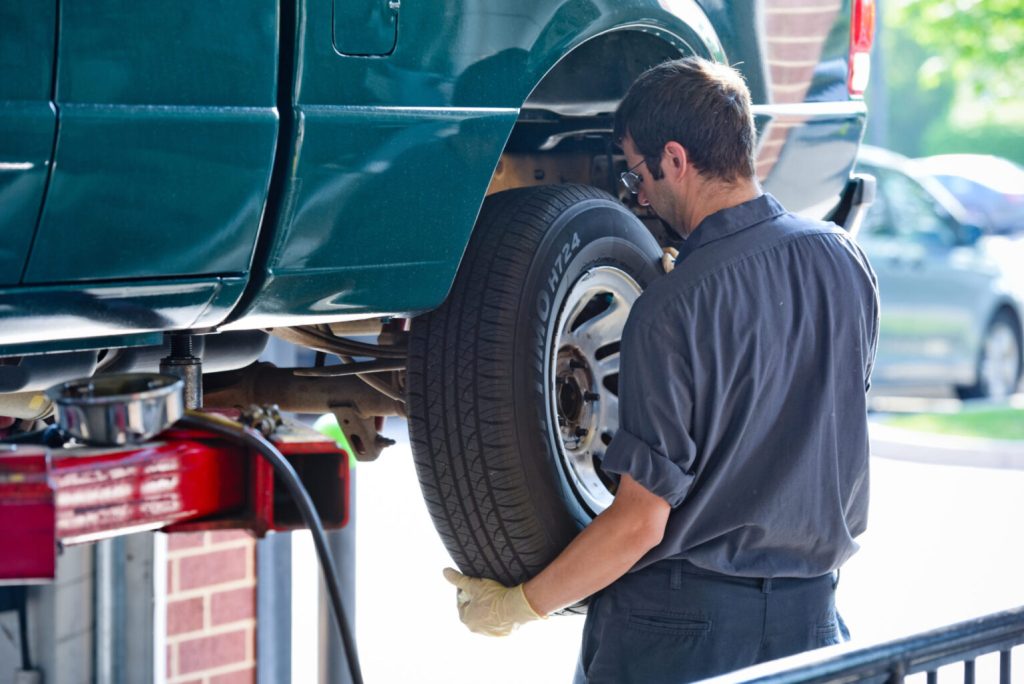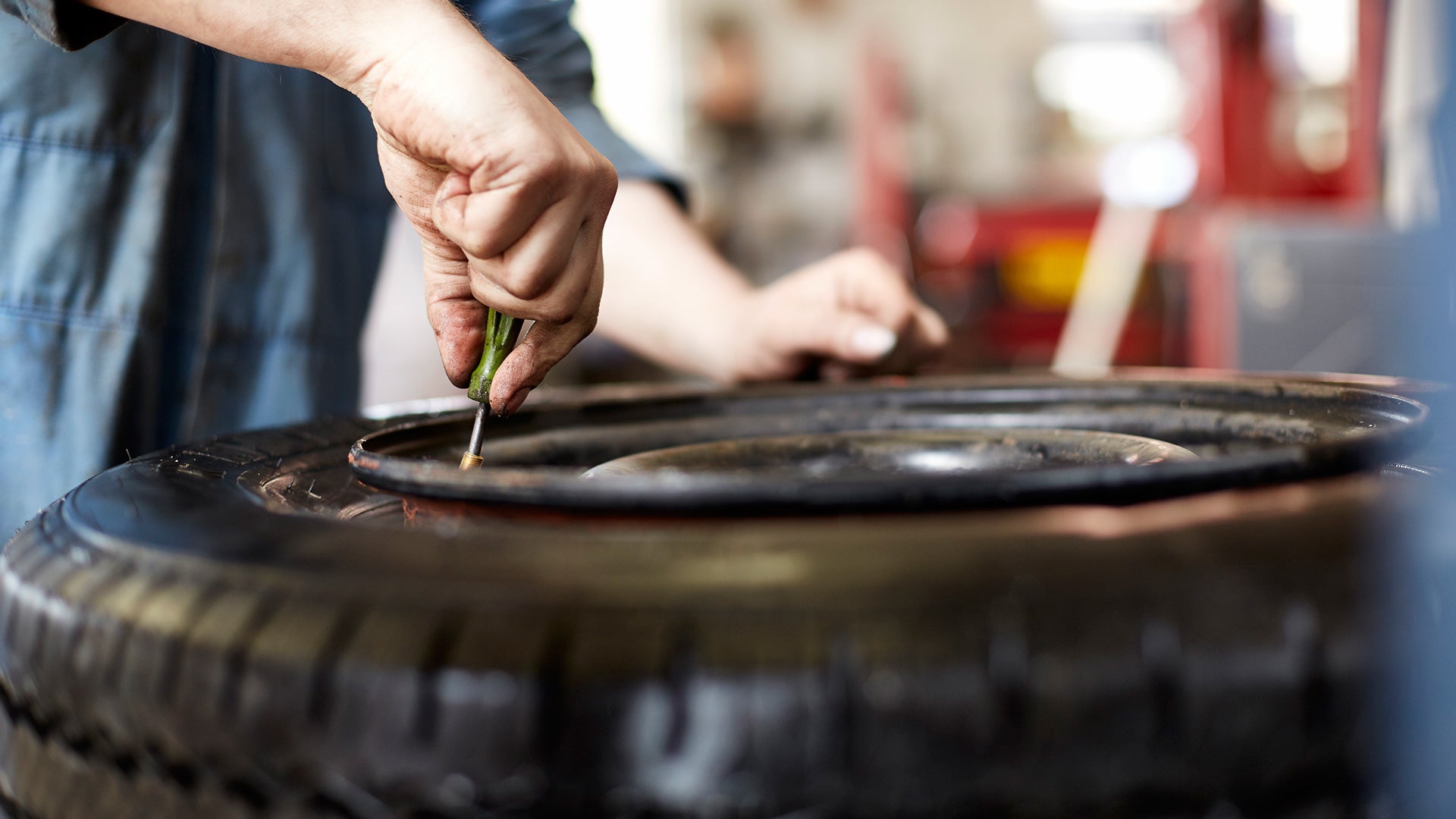When it comes to maintaining your vehicle, one crucial aspect that often requires attention is the tires. Properly installing new tires is essential for both safety and performance. However, many car owners overlook the significance of this task and fail to follow the necessary steps. To ensure a seamless tire replacement process, consider the following tips:
Choose the Right Tread Pattern
Selecting the appropriate tread pattern for your new tires is crucial, as it directly affects your vehicle’s handling and traction. Different tread patterns are designed for specific driving conditions.
For instance, all-season tires are versatile and suitable for various weather conditions, while summer tires offer enhanced performance on dry roads. Research the available options and consider the driving conditions you typically encounter to make an informed decision.
Check the Tire Size and Rating
Before purchasing new tires, it’s essential to determine the correct size and rating for your vehicle. Refer to your car’s manual or check the sidewall of your existing tires for the necessary information.
The size is usually expressed as a combination of numbers, such as 205/55R16, indicating the width, aspect ratio, and rim diameter. Additionally, ensure that the new tires have an appropriate load index and speed rating to match your vehicle’s specifications.
Inspect the Wheel Alignment
Proper wheel alignment is crucial for the longevity and even wear of your tires. It is advisable to have the wheel alignment checked by a professional before installing new tires.
Misaligned wheels can cause uneven tire wear, reducing their lifespan and compromising your vehicle’s handling. By addressing any alignment issues beforehand, you can maximize the performance and durability of your new tires.
Prepare the Mounting Surface
To ensure a secure installation, it’s essential to prepare the mounting surface properly. Thoroughly clean the wheel hub to remove any dirt, rust, or debris. Use a wire brush or sandpaper to eliminate any corrosion, providing a smooth and clean surface for the tire to mount.

Balance the Wheels
After mounting the new tires, it’s essential to balance the wheels to eliminate any vibrations. Proper wheel balancing ensures a smooth and comfortable ride, improves tire wear, and reduces stress on suspension components.
Visit a professional tire shop to have your wheels balanced using specialized equipment. This process involves attaching small weights to the rim to counterbalance any uneven weight distribution.
Monitor Tire Pressure Regularly
Once the new tires are installed, maintain proper tire pressure by regularly checking and adjusting it as needed. Proper tire pressure not only enhances safety but also improves fuel efficiency and tire lifespan. Refer to your vehicle’s manual or the tire manufacturer’s recommendations for the appropriate pressure.

